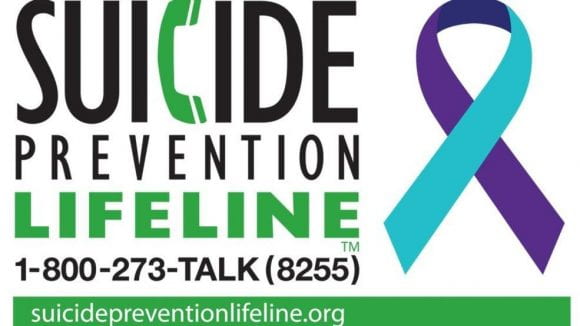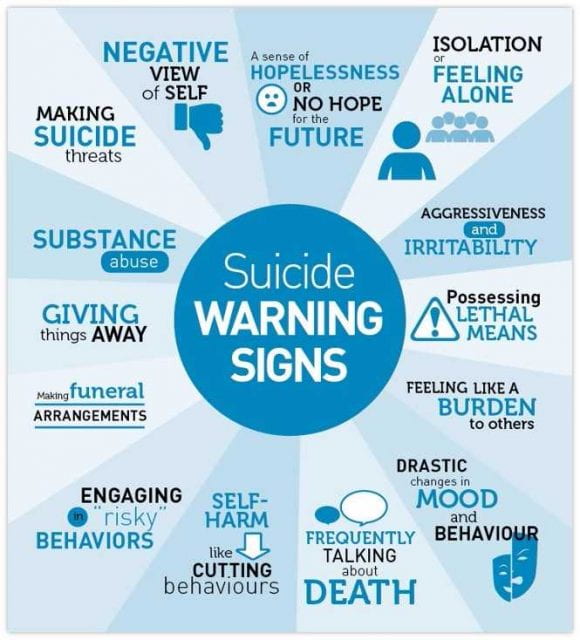Charismatic is the word my mother uses to describe me, others have said social butterfly and I find this very peculiar considering my adoration for solitude. When the world shut down during the COVID pandemic it seemed like a gift, here was a reason to stay home and do whatever I wanted and never have to see anyone ever again, I could stay inside without guilt. Living in San Diego people often suggest getting outside, it’s a nice day they say, well I say every day is a nice day, it’s Southern California, leave me alone.
That’s not to say that I don’t love to be around people, and admittedly so, to be the center of attention, but I really like my alone time. So, looking back I found it odd that the time in lockdown had the opposite effect I had originally imagined. In the wake of the pandemic I had put on more pounds than I care to admit, lost my motivation for going anywhere, and therefore any interaction with people outside of a gas station attendant or my kids. Now possibly it was not getting any exercise, or because I had two small boys in school online while I was in nursing school prep courses, but I was not myself to say the least. I had lost my mojo, and I felt angry, and very much inside my head, it was indescribably difficult and I felt alone.
It has been a few years now, my boys survived and so did I, life has begun to seem normal again, but only recently. As this awareness of normalcy came to fruition, so did the realization that something had gone wrong during that time of isolation, and it wasn’t just a lack of exercise, there was more to it, there was a host of emotional turmoil to sift through, but what struck me most, why had that been the outcome and not a shining butterfly of self-care and peace of mind emerging from that time away from everything? I loved being alone, I enjoyed binging shows, and puttering around my house without any social contact, so why was I a mess?
It was Aristotle who first proposed that we are social creatures and seek the companionship of others as a component of our well-being. Well-being, however, has become somewhat of a buzzword and feels rather elusive to attain, like Peter Pan’s shadow, just slipping one’s grasp. That is, until I started piecing the puzzle together, the whys and whats so to speak of what happened to me, and so many others during this time that could have, and maybe for some, was used to better oneself, in my case, felt more like crawling out of a cave.
Studies have shown that those who regularly attend church or social events tend to live longer and healthier lives (Pew Research Center, 2019), (Godman, 2023). Many of us have heard that religion leads to happier, and thus healthier lives, but what is it that offers this life extension? According to (Umberson & Karas Montez, 2011) when adults are more socially connected, they too live longer and healthier lives than their counterparts (isolated adults). And, in one news brief (Godman, 2023), researchers conducted a study examining the lifestyle and social environments of 28,000 individuals for a term of five years. Findings show that the more that people were socializing the longer they were living, if they did not socialize every day, they still lived longer than those who did not socialize at all (Godman, 2023).
There was credible information showing we are indeed social animals, and this solitude many of us lived through had a serious impact on our overall health and well-being. As the (Centers for Disease Control and Prevention, 2023) state, people who are socially connected are more likely to have stability, healthy relationships, and improved decision-making ability. They go on to mention that the very choices we make are better for our health when we are among others and that we manage stress better, and depression (Centers for Disease Control and Prevention, 2023).
So here it was, findings that show just how important social interaction is for our overall well-being, the elusive shadow, completely within my reach. It took baby steps, I started delivering food, and would occasionally interact with a customer, and then I started easing into grocery stores, and more. Now about 4 years later, I have begun to lose weight, I have people over to my house again, and I go out and socialize. I realized that I am seen as charismatic and social because although I am a social butterfly, my “me time” is imperative for recharging my energy. However, with that being said I can see clearly now that the support of others, and those daily interactions, no matter how brief, are all part of our nature, and something I was desperately lacking. As Thomas Kottke once said “Medicine is a social science in its very bone and marrow” (Kottke, 2011).
References
Centers for Disease Control and Prevention. (2023, May 8). How Does Social Connectedness Affect Health? Centers for Disease Control and Prevention. https://www.cdc.gov/emotional-wellbeing/social-connectedness/affect-health.htm#:~:text=When%20people%20are%20socially%20connected
Godman, H. (2023, July 1). Even a little socializing is linked to longevity. Harvard Health. https://www.health.harvard.edu/mind-and-mood/even-a-little-socializing-is-linked-to-longevity#:~:text=Within%20the%20first%20five%20years
Kottke, T. E. (2011). Medicine Is a Social Science in Its Very Bone and Marrow. Mayo Clinic Proceedings, 86(10), 930–932. https://doi.org/10.4065/mcp.2011.0444
Pew Research Center. (2019, January 31). Religion’s Relationship to Happiness, Civic Engagement and Health Around the World. Pew Research Center’s Religion & Public Life Project. https://www.pewresearch.org/religion/2019/01/31/religions-relationship-to-happiness-civic-engagement-and-health-around-the-world/
Umberson, D., & Karas Montez, J. (2011). Social Relationships and Health: a Flashpoint for Health Policy. Journal of Health and Social Behavior, 51(1), 54–66. https://doi.org/10.1177/0022146510383501






